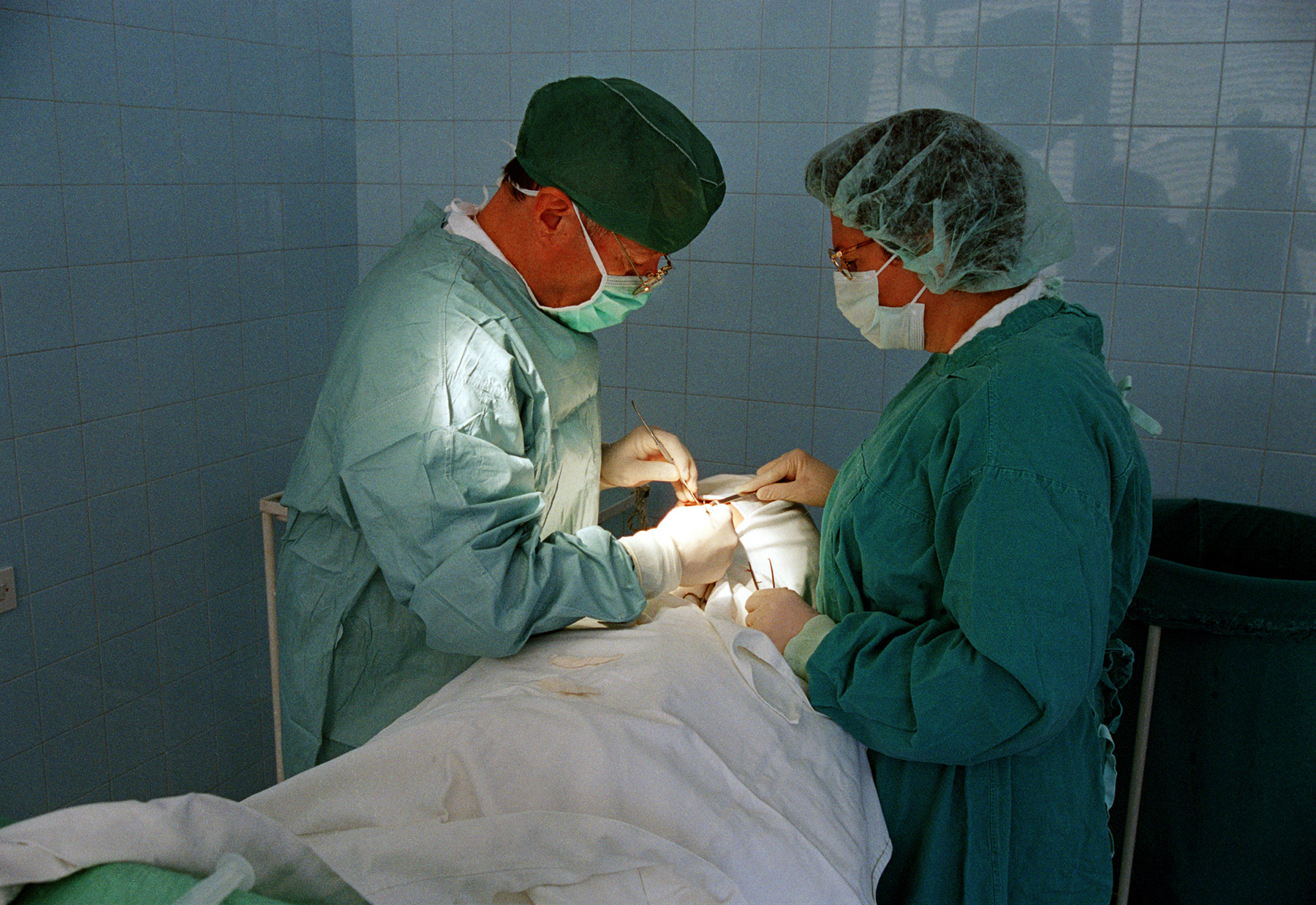Oral And Facial Surgery For Cleft Lip And Cleft Palate
At Central New England Oral and Maxillofacial Surgery, our experienced team uses state-of-the-art equipment and techniques to perform many types of oral and facial surgery. With more 20 years of experience as an oral and maxillofacial surgeon, Dr. Kashmanian is well-versed in the latest surgical techniques to repair cleft lip and palate in babies, children and adults.
What Is A Cleft?
A common birth defect, cleft lip and palate occur when a baby is born with an opening in the lip or roof of the mouth. Both cleft lip and cleft palate are repairable with oral and facial surgery.
A cleft lip is a small opening above the edge of the lip that may extend into the gums and nose. A cleft palate is found in the roof of the mouth and may affect only the soft palate near the back of the throat or hard palate toward the front of the mouth. Orofacial clefts vary in size and can be unilateral (on one side of the mouth) or bilateral (on both sides of the mouth).
How And Why Do Clefts Form?
The tissues and bones of a fetus’s mouth, nose and upper jaw typically fuse to form the upper lip and roof of the mouth during the first 6-10 weeks of pregnancy. When parts of the lip and mouth don't completely fuse together, a cleft forms. Cleft lip can sometimes be seen on a prenatal ultrasound, but both types of cleft are usually found when a baby’s mouth is examined shortly after childbirth.
A combination of genetic and environmental factors can cause clefts, and both parents can pass on a gene or genes that cause cleft palate or cleft lip. Medicines such as anti-seizure medications, tobacco, drug and alcohol use, and lack of proper nutrition during pregnancy can all increase the risk of cleft lip or cleft palate. Children born with clefts often suffer from feeding, speech, hearing and dental problems. Cleft lip and palate can affect a child’s social development as well.
Surgical Treatment For Cleft Lip And Cleft Palate

Surgery can repair a cleft lip at 3-6 months of age. Many children receive treatment for cleft palate between ages 1-2. Each child’s case is unique, so age and specific oral and facial surgery techniques will vary. More surgeries may be needed as children grow older and their facial structure changes. A child’s treatment team may include dentists, orthodontists, audiologists and social workers. Cleft lip and palate issues put children at a higher risk for dental conditions such as cavities and other oral problems, so regular visits to the dentist are essential.
To learn more about oral and facial surgery for cleft lip and palate, contact Central New England Oral and Maxillofacial Surgery to schedule an appointment in Pomfret, CT, or Southbridge, MA,s today.
